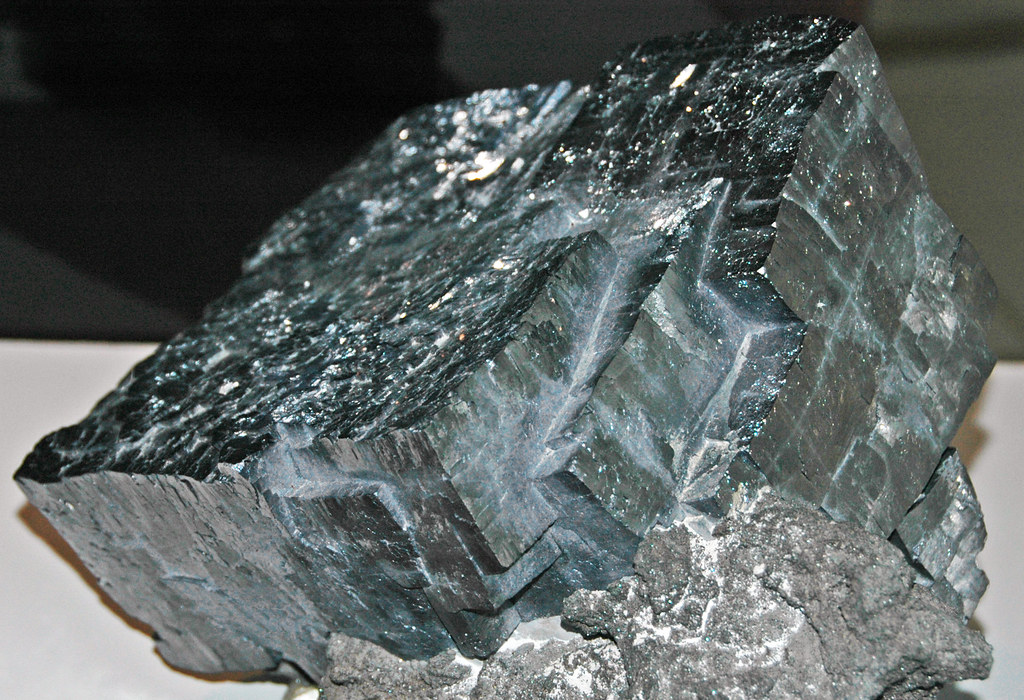
Fossils are remnants of ancient life that have been preserved in rocks over millions of years. Identifying whether a rock contains a bone or not can be a challenging task, but with the right knowledge and techniques, it becomes possible to distinguish between the two. In this article, we will explore the various methods and indicators used by paleontologists and geologists to determine if a rock is a bone.
- Visual Examination:
The first step in identifying a rock as a bone is to carefully examine its physical characteristics. Bones often exhibit distinct features such as texture, color, and shape. They may have a porous structure, with visible pores or channels that once housed blood vessels. Additionally, bones can display a unique pattern known as the Haversian system, which consists of concentric circles when viewed under a microscope. These visual cues can provide initial clues about the nature of the rock. - Chemical Analysis:
To further confirm the presence of bone material, chemical analysis is employed. One commonly used method is the Fourier-transform infrared spectroscopy (FTIR). FTIR measures the absorption of infrared light by the sample, providing information about its molecular composition. Bones contain specific organic compounds, such as collagen, which can be detected through FTIR analysis. This technique helps differentiate between rocks and bones by identifying the presence of bone-specific chemical components. - Microscopic Examination:
Microscopic examination plays a crucial role in determining whether a rock is a bone. Thin sections of the sample are prepared and observed under a microscope. Bones possess a unique cellular structure, with characteristic features like osteons, lacunae, and canaliculi. These microscopic details can be identified by paleontologists and geologists, allowing them to distinguish between rocks and bones accurately. - X-ray Imaging:
X-ray imaging techniques, such as X-ray computed tomography (CT), are valuable tools in the analysis of fossils. By generating detailed cross-sectional images of the sample, CT scans can reveal internal structures and provide insights into the composition of the rock. Bones typically exhibit a distinct internal structure, including medullary cavities and trabecular patterns. These features can be identified through X-ray imaging, aiding in the identification process. - Comparative Analysis:
Comparative analysis involves comparing the suspected bone with known bone samples or reference materials. By examining the similarities in structure, composition, and morphology, scientists can determine if the rock in question is indeed a bone. This method is particularly useful when dealing with fragmentary or poorly preserved specimens.
Conclusion:
Identifying whether a rock is a bone requires a multidisciplinary approach, combining visual examination, chemical analysis, microscopic observation, X-ray imaging, and comparative analysis. By carefully analyzing the physical characteristics, molecular composition, microscopic details, and internal structures, scientists can confidently determine the nature of the sample. Understanding these techniques is crucial for paleontologists and geologists in unraveling the mysteries of the past and reconstructing Earth's history.


